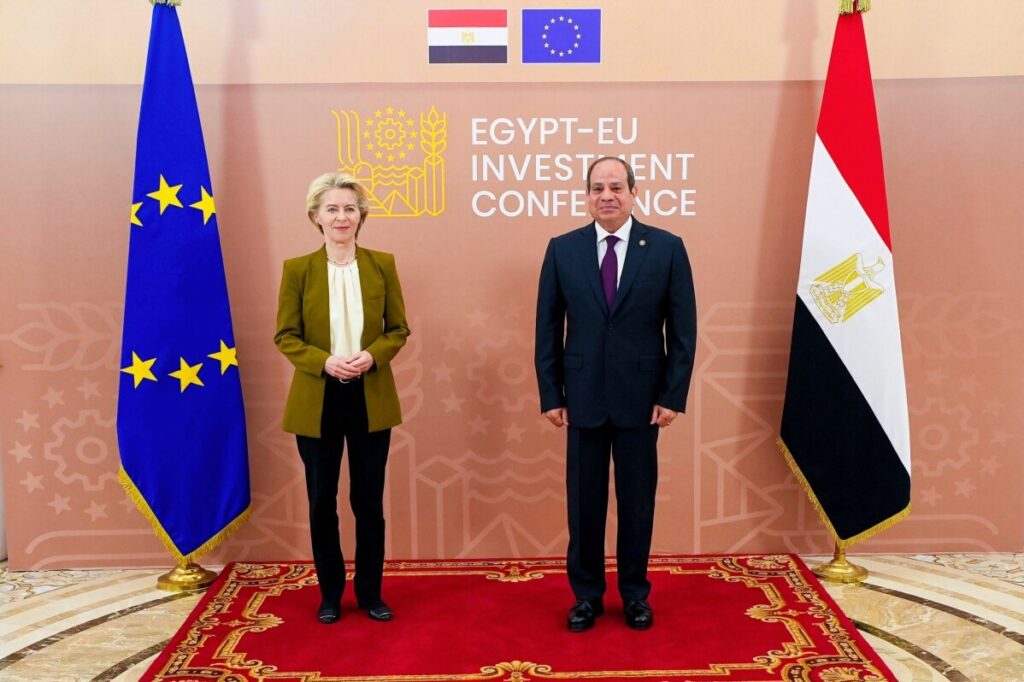Egypt’s Grand Egyptian Museum: Monumental Ambitions Amid Political Calculations
Egypt unveils the Grand Egyptian Museum after two decades, aiming to revive tourism and cash in on ancient heritage while grappling with economic and political challenges.

On the Giza Plateau, shadowed by the timeless pyramids, Egypt has just opened the Grand Egyptian Museum (GEM), billed as the world’s largest museum dedicated to a single civilization. While this marvel of archeological display signals a bold effort to restore Egypt’s standing in global tourism, it also exposes deeper questions about how governments leverage culture amid political and economic turmoil.
Is The Grand Egyptian Museum a Genuine Cultural Revival or Just Political Posturing?
The $1 billion GEM project encapsulates President Abdel-Fattah el-Sissi’s vision since taking power in 2014: large-scale infrastructure investments aimed at reviving an economy weakened by years of unrest following the Arab Spring. The museum’s gleaming triangular glass façade is designed to echo the nearby pyramids — a powerful symbol connecting modern state ambitions with ancient glory.
But how much of this grand unveiling serves national interests versus political theater? The project faced long delays attributed in part to regional instability. The government’s tight control over preparations—shrouding aspects in secrecy until its opening—reveals an attempt to tightly manage the narrative and generate international prestige.
Egypt hopes GEM will boost tourism numbers back to pre-2011 levels, counting on artifacts like King Tutankhamun’s priceless collection to lure millions. Tourism remains vital for foreign currency inflows into an economy battered not only by internal unrest but also by global shocks like COVID-19 and regional conflicts disrupting traditional visitor flows from Russia and Ukraine.
What Does This Mean for America First Priorities?
While distant from American soil, developments like GEM have direct implications for US economic and security interests. Instability in strategic regions such as North Africa creates fertile ground for migration pressure and extremist influence that threaten America’s southern border security and global stability.
The US must recognize that supporting true sovereignty and economic independence abroad helps reduce chaotic spillover effects here at home. Egypt’s investment in cultural heritage demonstrates how national identity can fuel resilience—but only if governance prioritizes transparency, rule of law, and free enterprise rather than centralized prestige projects.
Washington should encourage policies empowering countries to build sustainable economies without cyclical reliance on volatile sectors prone to external shocks. This means promoting diversified trade partnerships, energy independence, and security cooperation aligned with America First principles.
The unveiling of the Grand Egyptian Museum is undeniably impressive—a testament to human history frozen in time—but it is also a reminder of what happens when centralized regimes substitute long-term national prosperity with short-term image politics. For hardworking Americans facing inflation and uncertainty, this should serve as a cautionary tale about where misguided priorities can lead both at home and abroad.
As Egypt opens its cultural crown jewel to the world, one must ask: will this monumental museum herald a new chapter of genuine revival for Egyptian people or merely stand as another glittering façade masking unresolved challenges? Only time—and prudent leadership adhering to principles of liberty and sovereignty—will tell.
